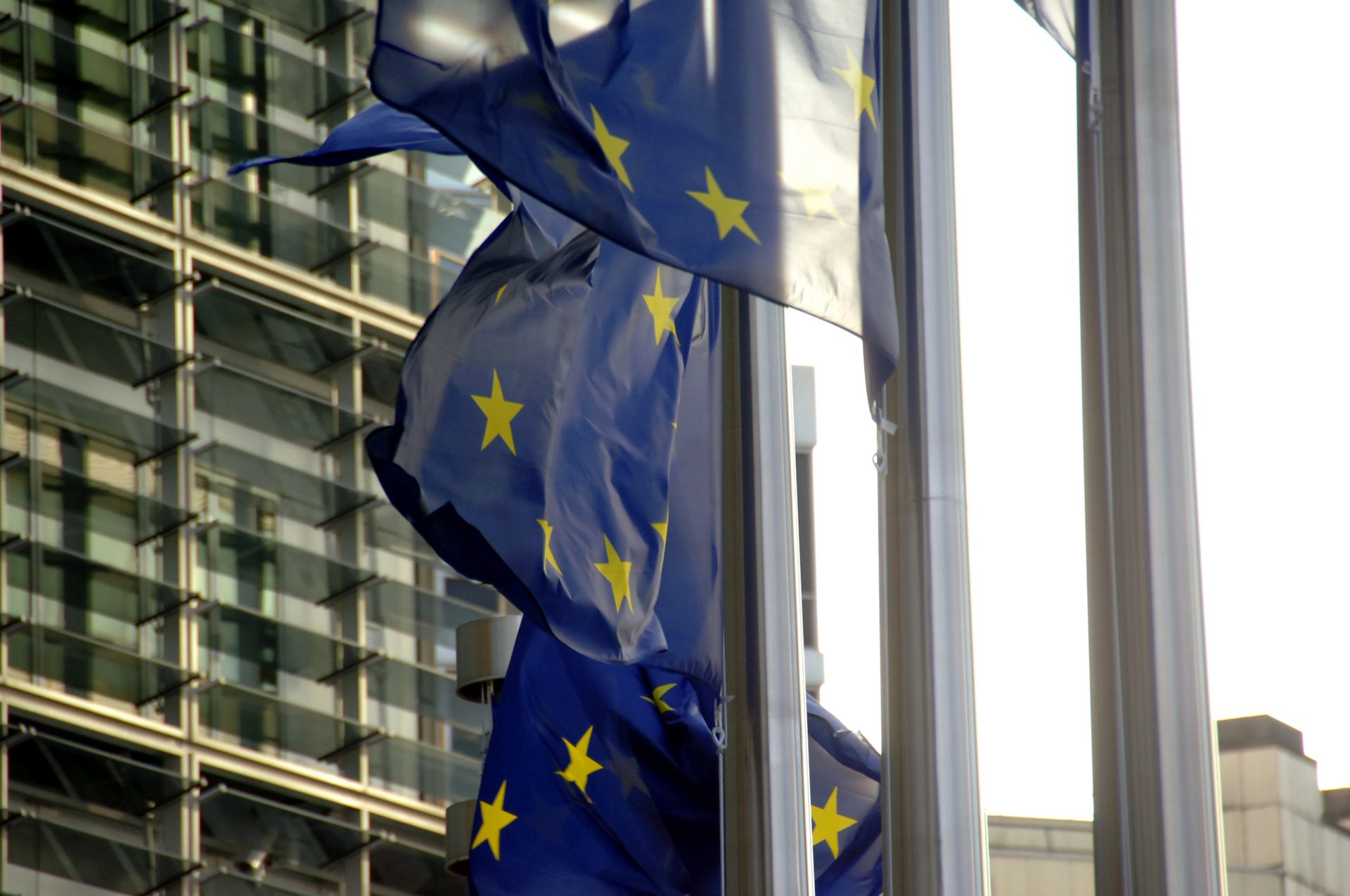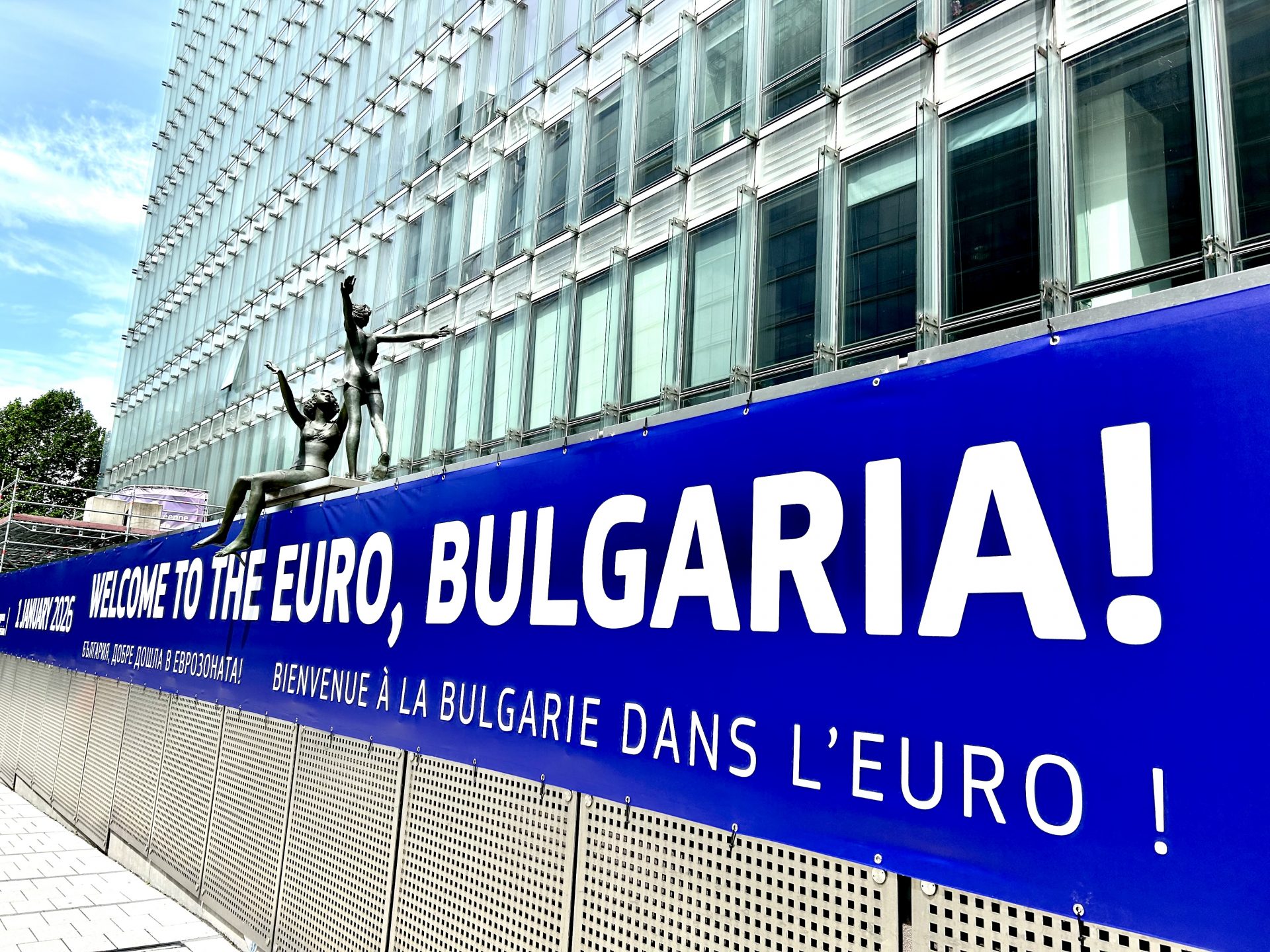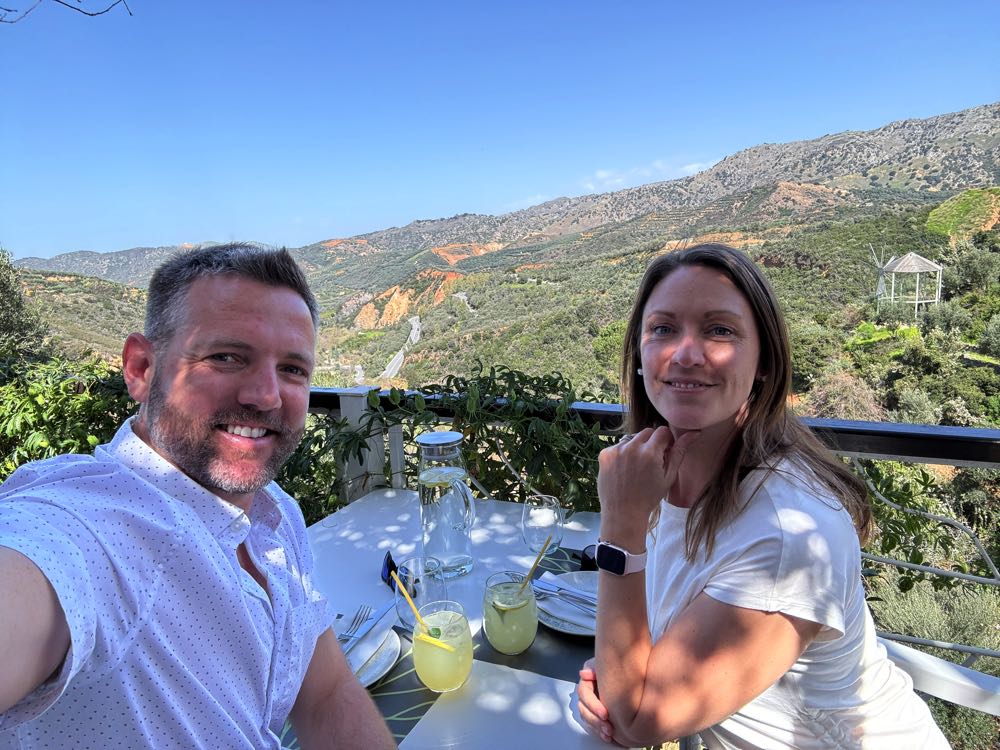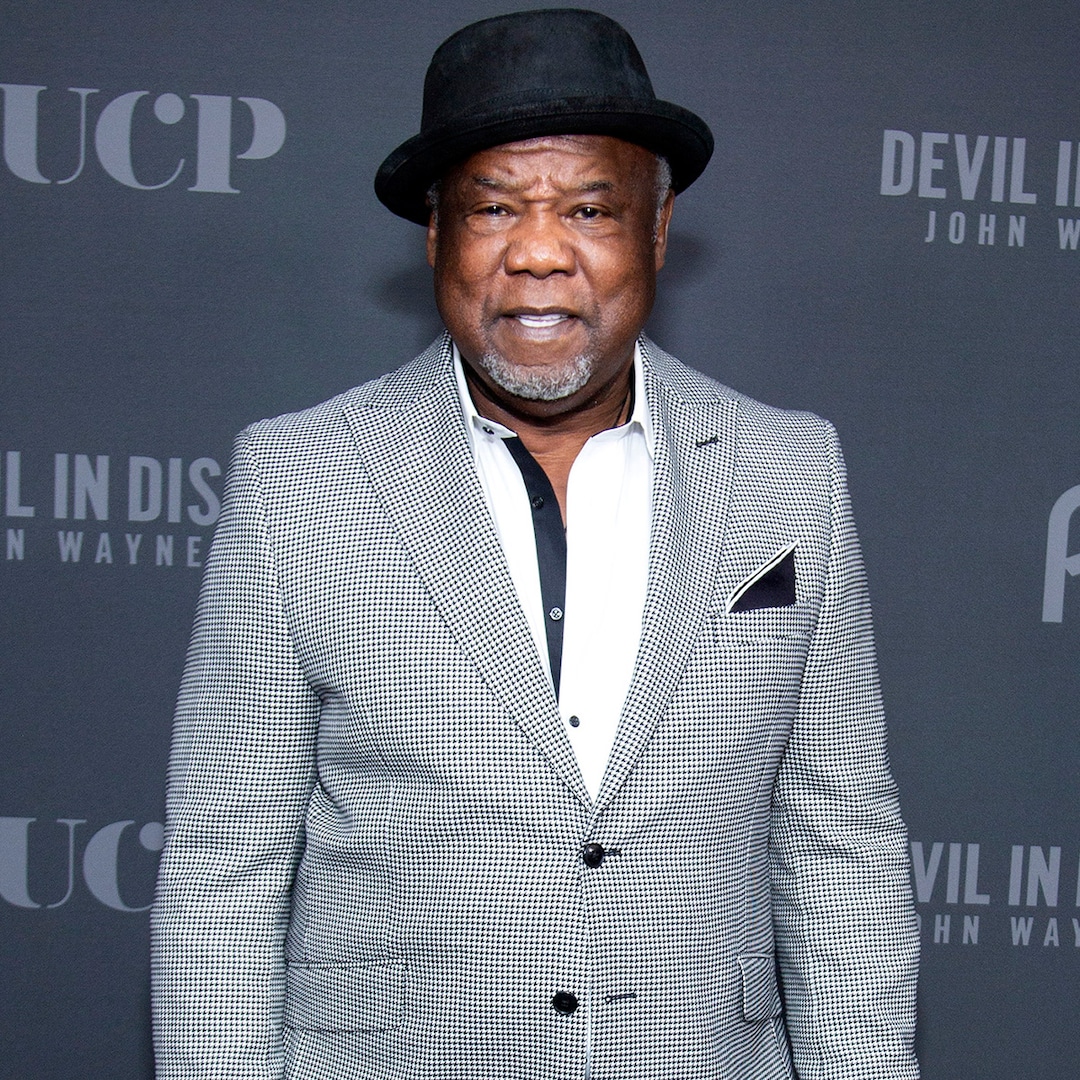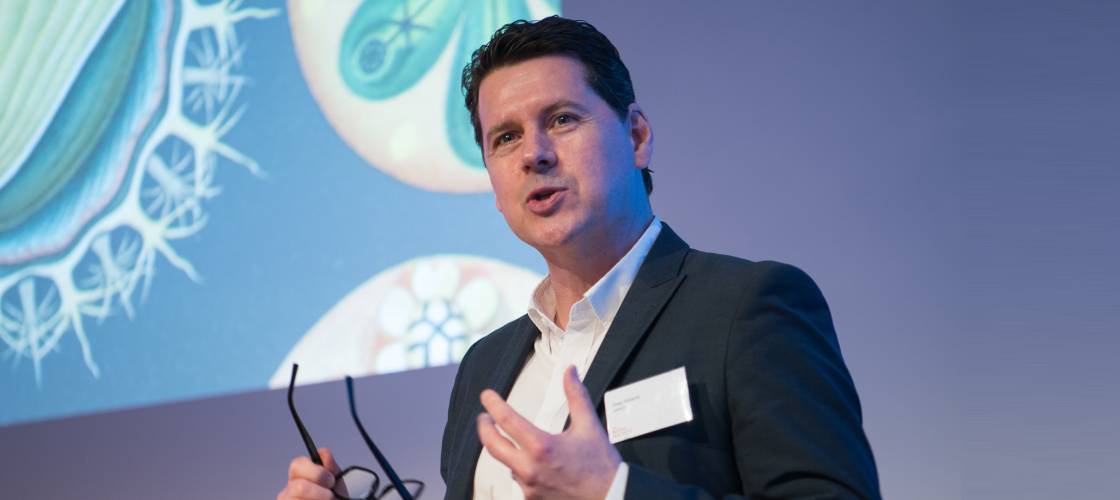How Klopp Transformed Liverpool with Key Signings

Jürgen Klopp’s impact on Liverpool Football Club goes far beyond tactics and motivation. Since his appointment in October 2015, he has reshaped the team through a series of precise, purposeful signings that aligned with his philosophy of high-energy football and mental resilience. His recruitment strategy has been central to Liverpool’s return to domestic and European prominence.
From Instability to Identity
Before Klopp’s arrival, Liverpool lacked consistency in both performances and recruitment. Managers came and went, often leaving behind mismatched squads. Klopp brought clarity. His strategy was rooted in identifying undervalued or high-ceiling players who could thrive under his intense style and grow within a defined system. It was not about the biggest names, but the right fits.
Foundational Signings: Laying the Groundwork
Klopp’s early signings were not glamorous, but they laid the tactical foundation.
-
Sadio Mané (2016)
Signed from Southampton, Mané offered directness, relentless pressing, and versatility across the front line. He quickly became a blueprint for Klopp’s ideal forward: fast, aggressive, and tactically disciplined. -
Georginio Wijnaldum (2016)
Arriving from Newcastle, Wijnaldum evolved into a hard-running, press-resistant midfielder who allowed Liverpool to control transitions. His tactical intelligence became a quiet backbone in key matches. -
Joel Matip (2016)
Picked up on a free transfer from Schalke, Matip’s composure and ball-playing ability added calm to a previously chaotic backline.
These players marked a shift in Liverpool’s recruitment focus, favouring athleticism, work rate, and adaptability over reputation.
Game-Changing Signings: The Core of a Champion
The following arrivals elevated Liverpool from contenders to champions.
-
Mohamed Salah (2017)
Dismissed by many after an underwhelming spell at Chelsea, Salah returned to the Premier League with something to prove. His record-breaking first season set the tone. More than a goalscorer, his movement and finishing brought a lethal edge to Klopp’s system. -
Virgil van Dijk (2018)
At £75 million, Van Dijk was a statement signing. He immediately transformed the defence with his presence, aerial dominance, and organisational authority. Liverpool went from a side prone to collapse to one capable of absorbing pressure with calm. -
Alisson Becker (2018)
Solving the long-standing goalkeeper issue, Alisson added confidence and technical quality at the back. His distribution suited Klopp’s counter-attacking style, while his one-on-one shot-stopping changed the team’s defensive profile. -
Fabinho (2018)
The Brazilian brought balance to the midfield, sitting in front of the defence with positional discipline and breaking up opposition attacks. His arrival allowed other midfielders to push forward without compromising structure.
These four formed the core spine of the team that would win the Champions League in 2019 and the Premier League in 2020.
Smart Depth: Supporting the System
Beyond the headline players, Klopp and the recruitment team secured valuable squad pieces.
-
Andy Robertson (2017)
Signed from Hull for just £8 million, Robertson became one of the world’s top left-backs. His stamina and delivery perfectly suited the team’s width-heavy approach. -
Diogo Jota (2020)
His versatility and work rate allowed Liverpool to rotate their front three without losing intensity. Jota also brought a more direct goal threat in tighter games. -
Luis Díaz (2022)
Signed mid-season, Díaz injected energy and unpredictability, particularly during a difficult injury spell. -
Ibrahima Konaté (2021)
Offering pace and physicality, Konaté has gradually grown into a long-term partner to Van Dijk and represents the next generation of defensive strength.
These signings emphasised Klopp’s long-term vision: depth without sacrificing tactical identity.
Shifting Gears: The Post-Title Rebuild
Recent recruitment has reflected a new phase, as Klopp looked to refresh a squad that peaked in 2019–2020.
-
Dominik Szoboszlai and Alexis Mac Allister (2023) brought dynamism and creativity to a midfield that had grown stale.
-
Wataru End? offered an affordable, experienced anchor when other targets were missed, showing Liverpool’s pragmatic flexibility.
-
Cody Gakpo and Darwin Núñez represent more experimental profiles, both needing refinement but offering explosive potential.
These additions signal a transition towards a more fluid and balanced style, less reliant on relentless pressing and more attuned to controlling matches through possession and tactical shape.
A Vision Realised through Recruitment
Klopp’s transformation of Liverpool owes as much to intelligent recruitment as to training ground innovation. Every key signing was made with the system in mind, and each one added a new layer to the team’s evolution. The result is a club that not only returned to the top of English and European football, but did so with a clear identity built on purpose, precision, and belief.

